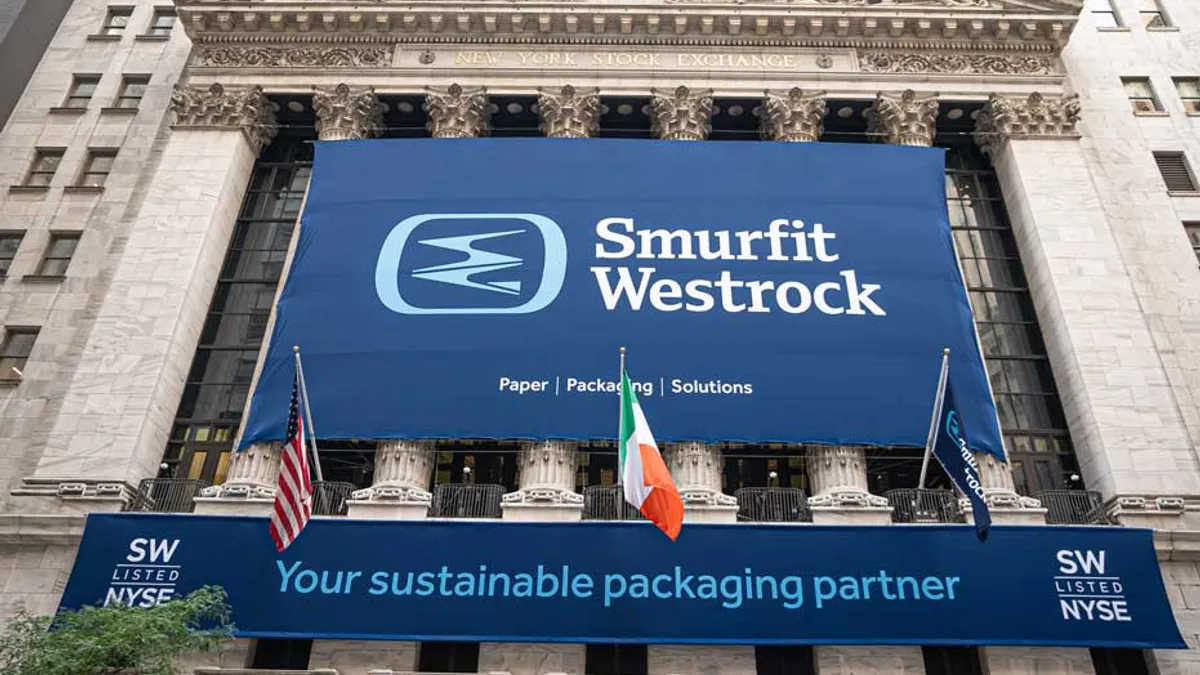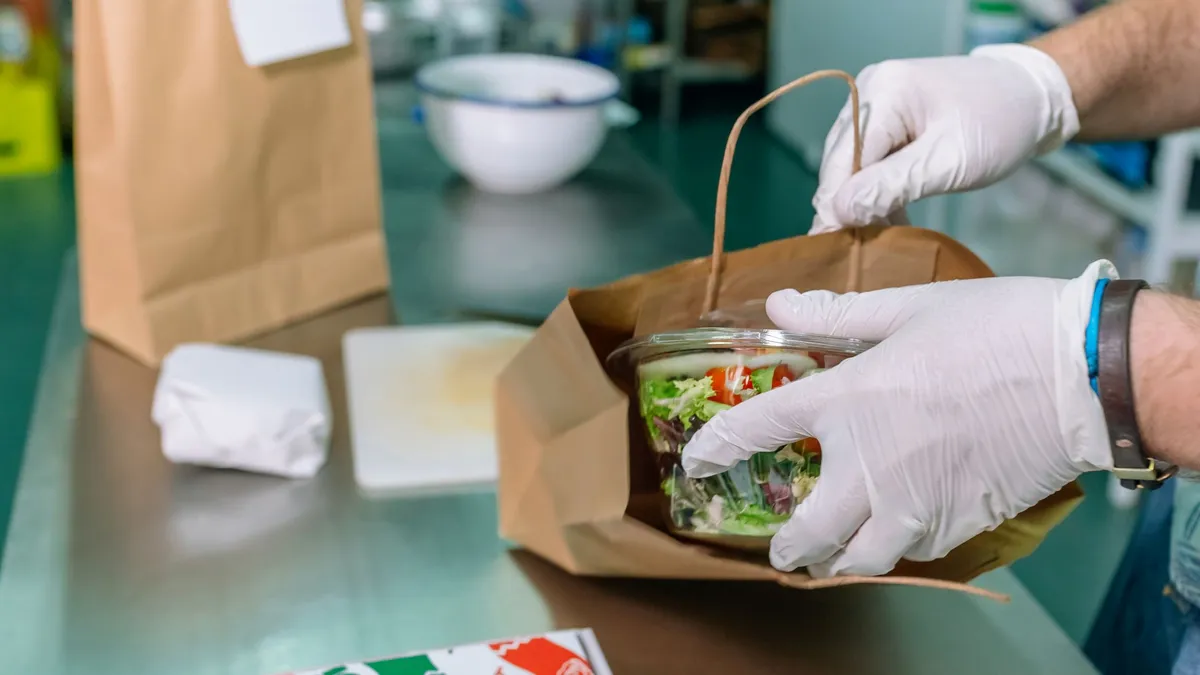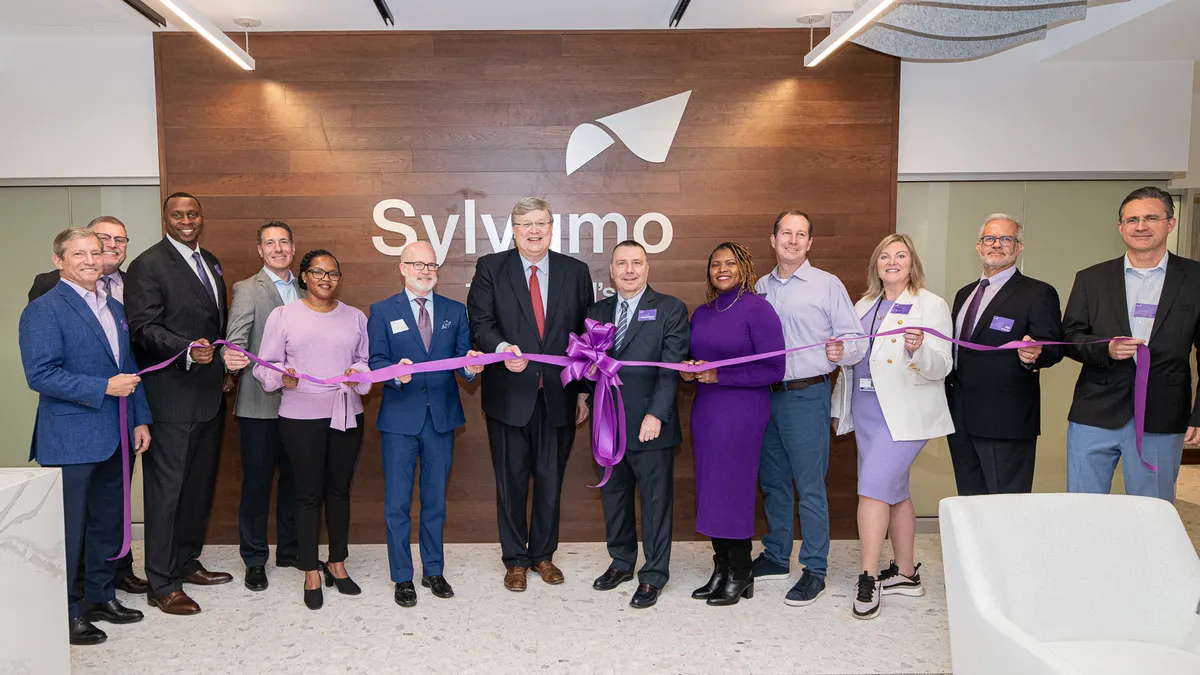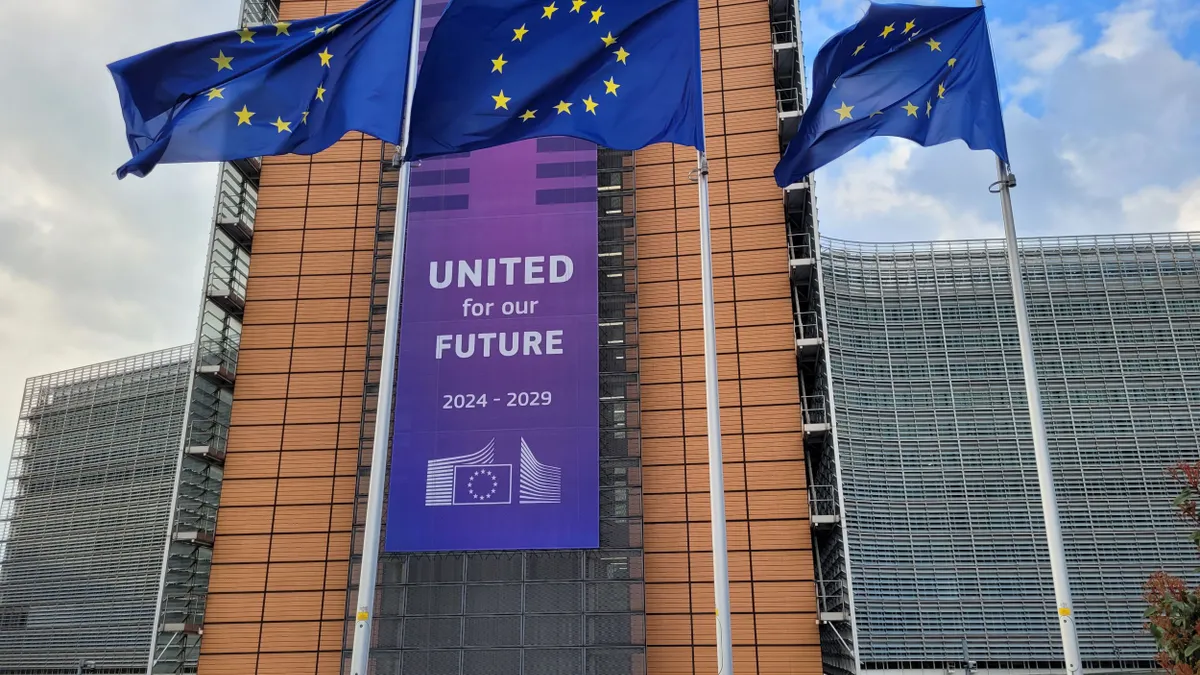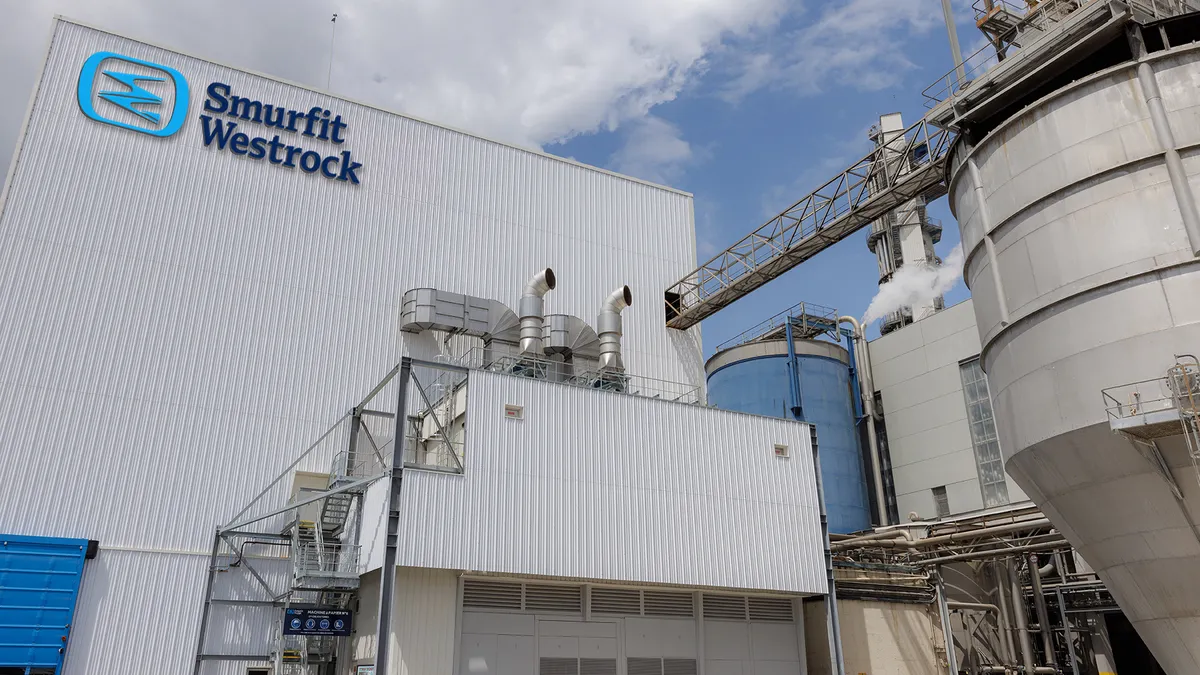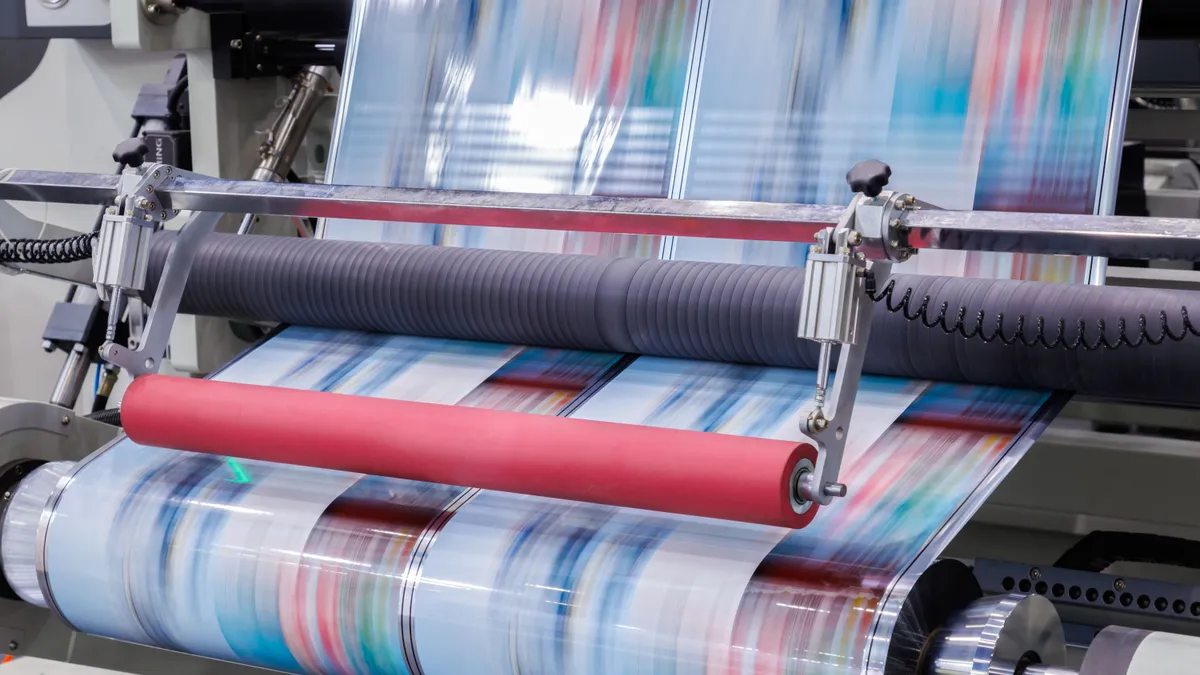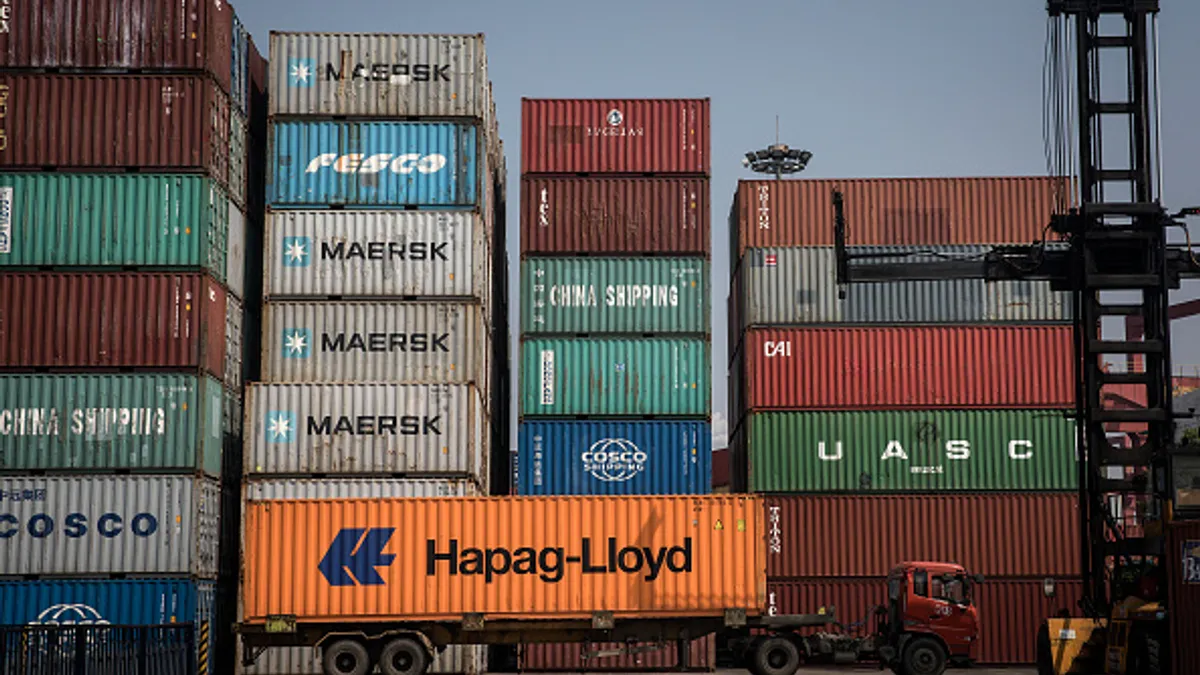With post-pandemic destocking in the rearview mirror, one of the considerations that shaped recent packaging merger and acquisition decisions is losing influence. Analysts still anticipate packaging M&A will continue throughout 2024, but at a more normalized pace than during the post-pandemic boom and subsequent destocking dip.
Packaging segment M&A has more than doubled in the past two decades and is a growing segment, but it has been more subdued in the past couple years, said Thomas Blaige, CEO at investment firm Blaige & Co., during a June webinar hosted by Alexander Watson Associates.
The pipeline of activity “hasn't exactly been totally robust over the past 12 months, at least relative to the prior 12, 24, 36 months to that,” Damon Thome, managing director at private equity firm Mason Wells, said during that webinar.
But analysts point to some change brewing.
“We've seen a particular uptick in the last few months, certainly ahead of summer,” said Evan Golden, principal at private equity firm LongueVue Capital, during the webinar. “A lot of folks are getting back into the market and feeling more comfortable with where their business is, where the trends are, and feeling on stable footing.”
In 2024 so far, the pace and volume of packaging deals have been “relatively modest,” and that will likely continue through the third quarter, said Will Frame, CEO of Deloitte Corporate Finance, in an interview. “My best guidance is that we’ll then see normal service resuming, which is a robust, decent volume of M&A ... I expect us to see that continuing through the second half of this calendar year and beyond.”
Destocking, sustainability and PE
Post-pandemic supply chain conditions, namely destocking, played an outsized role in slower M&A activity over the past year. Across packaging substrates, companies felt the impact of customers’ inventory building up immediately after the onset of the pandemic. Industry observers widely anticipated a correction, yet its magnitude proved greater than expected.
“The extent of the correction, I think, surprised almost everyone in the market,” Frame said. “And the length of time ... most people expected a 30- or 60-day event, and it really ended up being a four- to six-month event for most people.”
Destocking's effect on customers trickled over to packaging companies in the form of depressed sales and revenue. That impacts their M&A prospects and timing: Companies examining the possibility of a deal don’t want a shaky quarter or two as the most recent financial data in their books.
“Most people are just waiting on that to work its way out of the 12-month rearview mirror ... before sellers are maybe thinking about pulling the trigger and initiating an M&A transaction process,” Frame said.
Destocking also led to issues with the quality of deals in the pipeline, Blaige said during the webinar. Thome confirmed that some companies went to market out of necessity rather than due to perfect timing.
Destocking in 2022 and 2023 “made it tough for some companies to feel like they had the momentum to give them confidence to head out into the market. It’s certainly the case with a lot of private equity-owned platforms out there, but even family-owned businesses,” Thome said. Still, “family-owned businesses have been, and continue to be, a little more willing to go out into the market than private equity-owned platforms.”
The impact from the private equity-led M&A boom that began about 18 to 24 months ago is an element to consider when assessing transaction potential in the next six to 12 months, Frame said. A couple of specific sectors, such as label converting and folding cartons, stand out.
“A lot of private equity companies bought good assets at high prices and put a good amount of leverage of debt on them. And the interest rates tripled in the meantime,” Frame said. “As we approach more stable trading times this year, we'll see who's emerging from that well and whether there's anyone who's in a tougher situation.”
The current environment is ripe for certain opportunities — or preparing for upcoming opportunities — particularly for fiber packaging companies, analysts said.
“With the destocking issues they’ve been running into in this industry ... there’s a lot of areas where the companies who can afford it can invest to strengthen their supply chains,” said Jennifer Christ, manager of consumer and commercial goods research at The Freedonia Group. “This is a good time for paper [packaging] ... There's a lot of potential demand and companies have to get themselves ready to operate well in this industry.”
A spate of substrate switches for brands’ packaging also is a growing factor influencing M&A decisions. Whereas the industry previously had experienced a push for all substrates to move toward plastic, in part for safety and health reasons, now the opposite is true for sustainability reasons, Frame said.
“There are customers who are making buying decisions based on the perception of how sustainable that packaging might be, and that’s driving changes away from plastic in certain categories,” he said.
The trend “fosters M&A in the consolidation cycle,” he explained, pointing to ongoing cycles of consolidation, innovation, growth and then consolidation again. Deloitte’s Q1 2024 M&A report projects that the sustainability focus will drive innovation throughout 2024, including growth in recycling and the use of biodegradable PET.
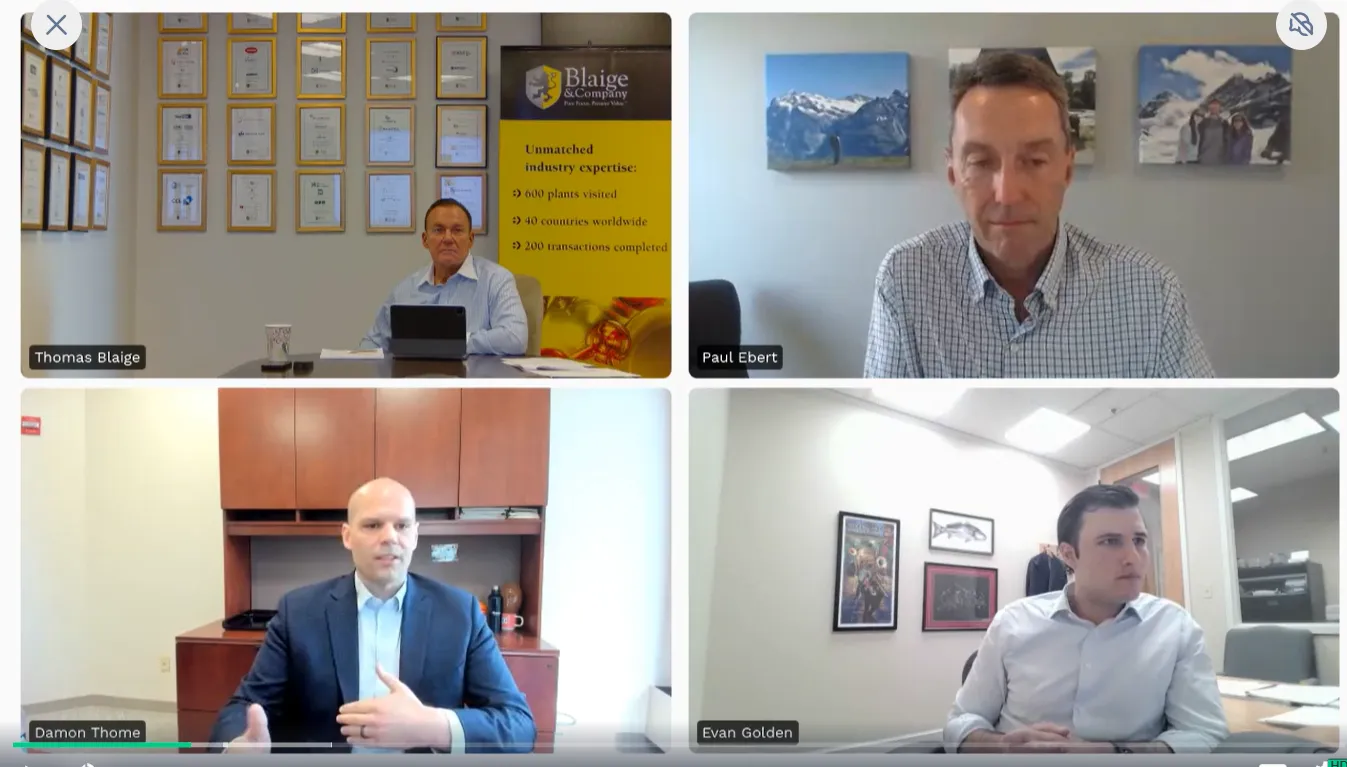
Reaching across borders
While international M&A is not unique, it has taken on heightened visibility and importance recently.
“There is a growing and increasing cross-border element to the M&A business today,” Blaige said, explaining that about 73% of transactions “have an international orientation.”
A wave of high-profile international megadeals between packaging giants kicked off in September 2023 when Smurfit Kappa and WestRock announced they were in advanced talks to combine; that deal closed on July 5. In April, London-based DS Smith agreed to be acquired by International Paper, after thwarting a proposed offer from Mondi earlier in the year. Weeks later, Brazilian pulp and paper company Suzano pursued International Paper, but discussions ended in June.
“There's only so much the big companies can do before they start bumping into anti-competitive [regulations] ... but really there's just a lot of space within the [fiber packaging] industry for consolidation,” said Freedonia’s Christ.
Combining companies based in different countries, especially if the portfolios have largely dissimilar geographical footprints, is a strategic move to drive huge growth — and fast — analysts say.
“'Scale' is the one word that would rationalize those deals,” Frame said. “They're so big that to move the needle it's almost impossible to do it in domestic markets.”
Prior to Sonoco entering the equation with its $3.9 billion metal packaging transaction with Eviosys, which was announced in June, the recent international megadeals had been between fiber companies. And that's not just because fiber is the dominant packaging substrate.
“If you think of sectors like glass or metal cans or whatever, there's almost no more consolidation to be done. And much of that is international already,” Frame said. “I don't think those players typically have reached that degree of scale and consolidation that they need to look for these international type mega tie-ups.”
So is the packaging megadeal era ending after 2024's transactions are completed? Analysts say it could be, at least in the short term, but anything could happen.
“In the U.S. market, International Paper and WestRock are the largest corrugated board producers,” said Mike Richardson, packaging analyst at The Freedonia Group, during an interview prior to WestRock’s acquisition closing. “But Packaging Corporation of America is pretty significant and Georgia-Pacific is pretty significant. There's no telling for sure whether they'd be interested in expanding their footprint in the U.S. market.”
That said, analysts stress that packaging M&A as a whole is not over.
“It’s never over. There are obviously peaks and valleys,” Christ said. “There's constant underlying shifting of capacity and constant movement of who owns these factories and this distribution network and this conversion set.”
The cluster effect
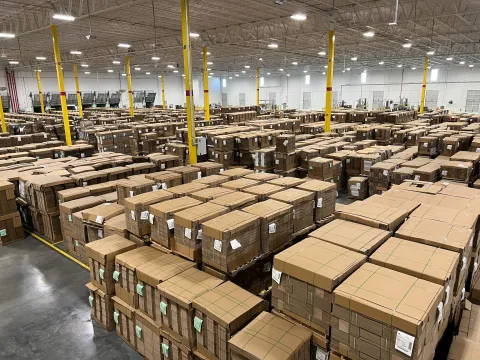
The fact that many M&A transactions, especially the megadeals, appear to be announced publicly in clusters is not entirely coincidental, analysts say.
“Sometimes these things do come in spurts. Acquisitions tend to spur other ones as competitors are looking for ways that they can keep up with any other changes among their key competitors,” Christ said. “So if Smurfit Kappa was looking at WestRock to have more operations in the U.S., well then it makes sense that International Paper and DS Smith would be looking at something similar.”
Movement generally is toward consolidation instead of divestitures. But at times the latter can occur in clusters as well. Russia's war in Ukraine, for example, prompted numerous companies to divest their assets in Russia, including Amcor, Ball and International Paper.
That doesn't mean divestitures are rare, though. Just this year, Ball completed the $5.6 billion sale of its aerospace business, becoming solely a packaging company; Berry announced it sold two businesses in its international consumer packaging segment in addition to announcing it would spin off its Health, Hygiene & Specialties division; and Sonoco announced it would sell its protective solutions business and other segments could follow.
Small but mighty
Not all recent M&A activity is megadeals. Large transactions that make headlines aren't the dominant type, according to analysts, and smaller, incremental transactions add up. “Let's face it: The volume comes from smaller and mid-sized deals,” said Deloitte’s Frame.
According to data presented in the Alexander Watson Associates webinar, 82% of packaging companies had annual sales of under $100 million. "So it's a small- and mid-cap industry," Blaige said. “More than 80% of the largest, the strongest packaging converters have merged or sold in the past two decades,” which increases the demand for small- and mid-cap companies to enter deals.
Over the last three years, a surprising amount of smaller M&A deals have been initiated in the corrugated segment, according to Joe Iorillo, corporate research analyst at The Freedonia Group. Examples include Atlanta-based Hood Container, which this year agreed to deals to acquire Independent II and Sumter Packaging after a string of other acquisitions in the last three years. And in May, Wisconsin-based Green Bay Packaging acquired Missouri-based SMC Packaging Group.
Similarly, Indiana-based Welch Packaging has been acquiring smaller box manufacturers, Iorillo noted, including Tennessee-based Nashville Box and AtCorr Packaging last year and Northeast Box last month. “They are deliberately trying to increase their corrugated capacity, and they're expanding into different geographies in the U.S.,” Iorillo said.
Plus, smaller companies might be better set up for M&A deals in the coming months because many of them fared better on sales performance in Q1 than the large, publicly traded companies, Mason Wells’ Thome said. Still, the volume of deals involving smaller players will be down in 2024 as lagging economic drags work their way out. “That’s a big part of the normal service resuming,” Frame said.
As the packaging sector’s post-boom activity returns to normalcy at the midpoint of 2024 and for the remainder of the year, industry observers look ahead to the potential for transactions in 2025.
“I don't feel like we are going to see a seismic shift in the packaging M&A world here in 2024,” Thome said. Businesses are more likely to wait to rack up some growth compared with 2023 as demand picks up, and then “build off of that as they think about taking their businesses out to market in 2025.”



